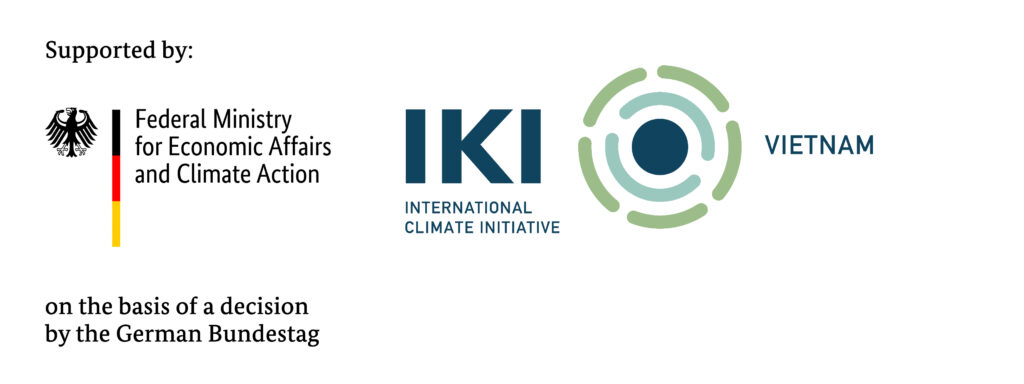The Mekong Delta in southwest Vietnam extends over 40,500 square kilometres; here the mighty river forks little by little into nine arms, which in turn are linked to an extensive irrigation system. Thinking of the Mekong Delta tends to primarily relate to the role water plays in this huge ecosystem. It is easy to overlook the fact that the Mekong River brings something equally essential: sediments.
The delta was created over the centuries by deposited sand and gravel, which the current carries from upstream to downstream. As long as the sediment load was greater than the natural coastal erosion caused by ocean currents, the delta grew. In the meantime, however, the sediment load of the Mekong has decreased significantly – mainly due to the expansion of hydropower, but also due to the growing depletion of sediments for building material. Large dredgers pump the sand from the river floor before it is transported to the growing cities for concrete production or to backfill land in the delta and – illegally – as far as Singapore.
According to the current state of knowledge, the Mekong Delta is sinking by about one centimetre per year. The causes for this is are climate-related rise in sea levels and the overuse of groundwater combined with sand extraction. If this trend continues, the delta could be completely submerged in 80 years.
As part of the IKI project “Where sand is essential: towards sustainable sand mining in the Lower Mekong”, the Worldwide Fund for Nature (WWF) is working with the Ministry of Agriculture and Rural Development (MARD) and other government agencies at state and provincial level as well as with actors in the construction sector to increase knowledge about sediment flows, improve their management and identify alternatives to sand. The aim is to mitigate the effects of climate change by reducing sediment degradation and to slow down the sinking of the delta.
The first step is to elaborate a sediment budget, which should bring more clarity to the natural influx and current withdrawal of sediments. The preparatory work for this task has already begun. Building on the results, a plan for sustainable sediment management at the provincial level is to be developed through a participatory process. In addition, the state of research and development of alternative building materials for the construction sector is to be prepared and solutions for sustainable sand mining identified in a cross-sector dialogue. Public relations work helps to inform all relevant stakeholders about the ecological, social and economic effects of sand mining and possible alternatives. Through this work, WWF aims to preserve the living environment for over 17 million people and protect the region’s ecosystems and biodiversity.
